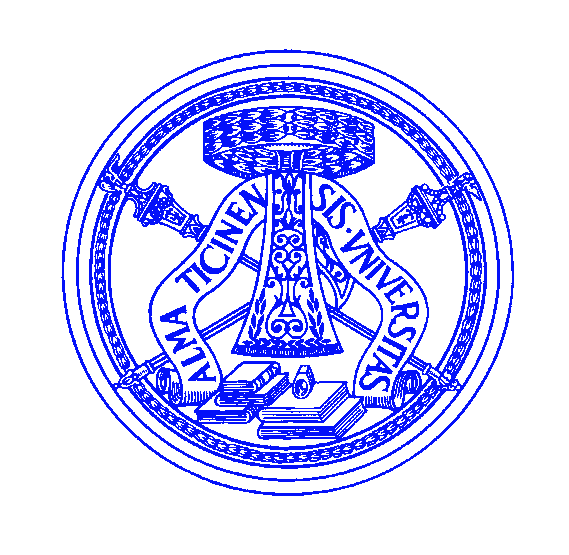Research Activity
Guido
Giuliani carries out experimental and theoretical
research in the field of optoelectronics and photonics.
Projects
| |
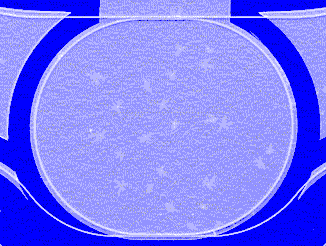
|
| Project name |
IOLOS |
| Project title |
"Integrated Optical Logic and Memory using Ultra-fast Micro-ring Bistable Semiconductor Lasers" |
| Guido's role |
Principal
Investigator for University of Pavia |
| Funding |
168
k€
(total 1.25 M€) |
| Funded by |
European Commission
FP6  |
| Duration |
2006-2009
(36 months) |
| Goal |
Demonstrate
ultrafast all-optical digital memories |
| Partners |
University of
Bristol, University of Glasgow, Vrije Universiteit Brussels,
Universitat Illes Balears, Intense Ltd., Nokia-Siemens |
| Website |
www.iolos.org |
| |
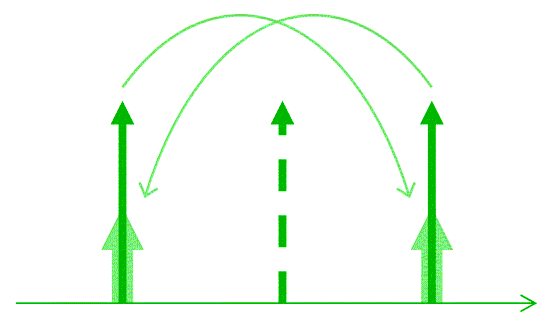
|
| Project name |
OPTO-GHz |
| Project title |
"mm-wave signal
generation using DFB lasers" |
| Guido's role |
Principal
Investigator for University of Pavia |
| Funding |
164
k€ |
| Funded by |
Fondazione
CARIPLO (Bank foundation) |
| Duration |
2008-2010
(24 months) |
| Goal |
Generate spectrally
pure tunable mm-wave signals |
| Partners |
University of
Glasgow, Universitat Illes Balears |
| |
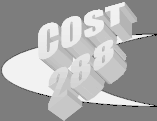
|
| Project name |
COST
288 |
| Project title |
"Nanoscale and ultrafast photonics" |
| Guido's role |
Vice-chair and Grant
Holder for University of Pavia (2006-2008) |
| Funding |
150
k€
(total 400 k€) |
| Funded by |
COST European
Science Foundation
 |
| Duration |
2003-2008
(60 months) |
| Goal |
Collaborative
research on Nanoscale and Ultrafast Photonics - Materials,
Physics of Devices, Ultrafast effects |
| Partners |
more than 30... |
| Website |
COST
288 Website |
Research Topics
Guido Giuliani's main research topics are listed below; active links take
to research activity description.

Semiconductor
integrated ring lasers and ring laser gyroscopes [1998 -
]
Scope. Design,
fabrication, experimental characterization and modelling of semiconductor
ring lasers (SRLs).
Applications.
Optical memories, optical bistables, integrated
laser sources for fiber-optic communications, inertial rotation sensors
(gyroscopes).
Collaborations. IOLOS
project consortium
Description
A comprehensive
technological, experimental and theoretical research activity carried
out to understand and exploit the characteristics of monolithic
semiconductor ring lasers
Achievements
-
Demonstration of
bistable and all-optical Flip-Flop operation of SRLs at 10 Gb/s,
with switching times of 20 ps
-
First report of
bidirectional regime with alternate oscillations in SRLs
-
Joint experimental
and theoretical analysis of SRLs using a two-mode model with
conservative and dissipative scattering coefficients
(see publications
page for more details)
(TOP)

RF/mm-wave generation with optoelectronic techniques + Mode-Locked
semiconductor lasers
[2002 - ]
Scope. Design,
fabrication and testing of integrated semiconductor
devices aimed at the generation of RF and
millimeter-waves by all-optoelectronic techniques.
Frequencies of interest: 10-3000 GHz.
Applications. Wireless communication systems
(base station and mobile terminal),
radioastronomy, THz imaging.
Collaborations. University of Glasgow , Universitat Illes Balears.
Description
Suitable
optoelectronics techniques are studied for the generation
of RF and millimeter-waves with high spectral purity (narrow linewidth,
low phase-noise). Possible approaches are:
1. Photomixing: generation of electrical frequencies from
the beating of two CW laser sources on a high-speed
photodetector.
2. Mode-Locking Lasers (MLLs), either of the conventional type or
Colliding Pulse
Mode-Locking (CPM)
Achievements
(TOP)
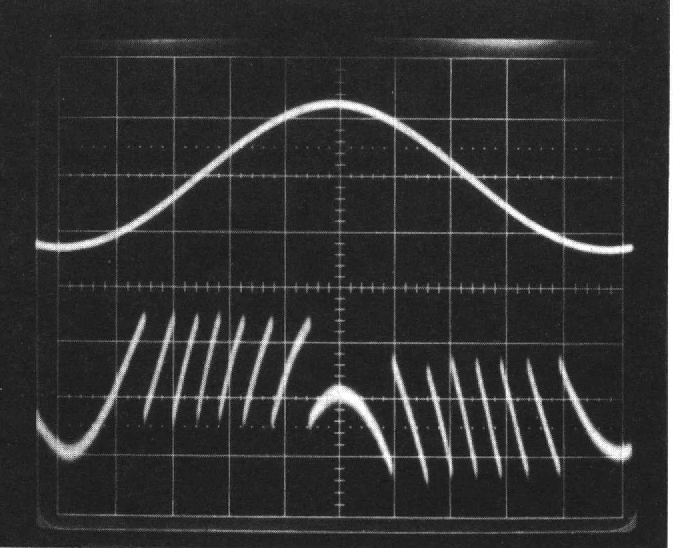
Semiconductor
laser interferometry and sensing based on self-mixing
configuration - Effects of backreflections into
semiconductor laser cavity [1995 - ]
Scope. Experimental and theoretical
study of semiconductor lasers in the presence of optical feedback from
external distant reflectors.
Applications. Understanding of semiconductor laser dynamics,
laser interferometry, laser vibrometry, optical metrology, semiconductor
laser parameter extraction.
Collaborations. Ecole des Mines de Nantes; Univ. of Tolouse;
University of Darmstadt; Scuola Normale Superiore di Pisa; Politecnico
di Torino
Description
A comprehensive
experimental and theoretical research activity is carried out to
understand and exploit the characteristics of semiconductor lasers
subject to optical feedback. The analysis of the low frequency
modifications to the emitted power induced by the position of the
external reflector has lead to the development of a new class of laser
interferometer, called either self-mixing or optical feedback or
backreflection interferometer. Theory is derived from the well-known
Lang-Kobayashi equations.
Achievements
-
Demonstration of the
first self-mixing interferometer
-
Development of prototype instruments
for the measurement of remote target displacement,
vibration, distance
-
Measurement of
semiconductor laser linewidth using a simple experimental set-up
-
Measurement of the
linewidth enhancement factor of semiconductor lasers with good
accuracy
-
First time measurement of the
linewidth enhancement factor of THz Quantum Cascade Laser
(TOP)

Optical
amplifier noise and noise in optical communications [1993
- 1999]
Scope. Theoretical analysis of
optical noise in optical amplifiers and optical systems.
Applications. Fiber-optic communication systems.
Collaborations. E. Desurvire (Alcatel-Alsthom Recherche, France)
Description
A theoretical study on the
sources of noise in optical amplification has been carried out, with the
aim of developing a new model using semiclassical principles derived
from quantum-mechanics theory.
Achievements
-
Formulation of a new
semiclassical model for the noise of an optical amplifier, based
on an equivalent beamsplitter representation
-
Equivalent noise
model of an optical amplifier using a particle-like approach
-
Application of the
semiclassical noise model to optical fiber links including
non-linear effect (parametric amplification of noise)
(see publications
page for more details)
(TOP)
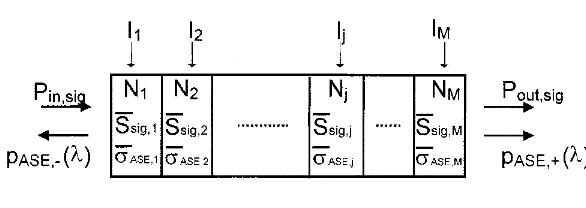
Modelling
of semiconductor optical amplifiers [1998 - 2001]
Scope. Theoretical modelling of
semiconductor optical amplifiers.
Applications. Fiber-optic communication systems, all optical
processing.
Collaborations. -
Description
Numerical analysis has
been carried out to accurately model the behaviour of semiconductor optical amplifiers, with
particular care for the noise properties of these devices. The model
features longitudinal sectioning of the amplifier, and take into
account the spectral characteristics of the ASE noise.
Achievements
(TOP)
|
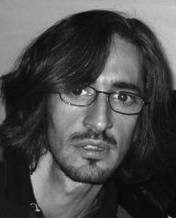
![]()
